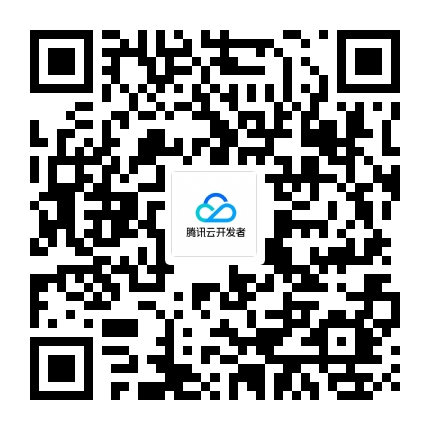是否在手动滚动到锚点时更改url?
在手动滚动到页面中的某个锚点(anchor)时,通常会更改浏览器的URL。这是因为锚点是用来标识页面上特定位置的,通过在URL后面加上#符号和锚点的ID,可以直接定位到该位置。
基础概念
- 锚点(Anchor):HTML中的一个元素,用于标识页面上的一个特定位置。可以通过
<a>标签的href属性和id属性来创建和使用锚点。 - URL:统一资源定位符,用于标识互联网上的资源。通过在URL后面加上
#和锚点ID,可以指向页面上的特定位置。
相关优势
- 用户体验:用户可以直接通过URL访问页面的特定部分,无需手动滚动。
- 书签功能:用户可以将带有锚点的URL保存为书签,方便下次直接访问特定位置。
- 分享链接:可以分享带有锚点的URL,直接指向页面的特定内容。
类型
- 页面内锚点:在同一页面内使用锚点。
- 跨页面锚点:在不同页面之间使用锚点,通常用于导航。
应用场景
- 长页面导航:对于内容较多的页面,可以使用锚点快速导航到特定部分。
- 表单验证:在表单验证失败时,可以使用锚点直接跳转到错误的位置。
- 文档和教程:在技术文档或教程中,使用锚点可以方便地跳转到特定章节。
遇到的问题及解决方法
问题:手动滚动到锚点时URL没有更改
原因:
- 没有正确设置锚点ID。
- 没有使用
<a>标签的href属性指向锚点。 - JavaScript代码阻止了默认行为。
解决方法:
- 确保锚点元素有正确的
id属性。 - 确保锚点元素有正确的
id属性。 - 使用
<a>标签的href属性指向锚点。 - 使用
<a>标签的href属性指向锚点。 - 如果使用JavaScript阻止了默认行为,确保在适当的时候允许默认行为。
- 如果使用JavaScript阻止了默认行为,确保在适当的时候允许默认行为。
示例代码
<!DOCTYPE html>
<html lang="en">
<head>
<meta charset="UTF-8">
<meta name="viewport" content="width=device-width, initial-scale=1.0">
<title>Anchor Example</title>
</head>
<body>
<a href="#section1">Go to Section 1</a>
<div style="height: 1000px;"></div>
<div id="section1">Section 1</div>
<script>
document.querySelector('a[href="#section1"]').addEventListener('click', function(event) {
event.preventDefault();
document.querySelector('#section1').scrollIntoView({ behavior: 'smooth' });
});
</script>
</body>
</html>参考链接
通过以上信息,你应该能够理解在手动滚动到锚点时URL的更改机制,以及如何正确设置和使用锚点。

 云服务器
云服务器 ICP备案
ICP备案 腾讯会议
腾讯会议 对象存储
对象存储 云直播
云直播
